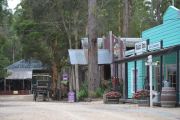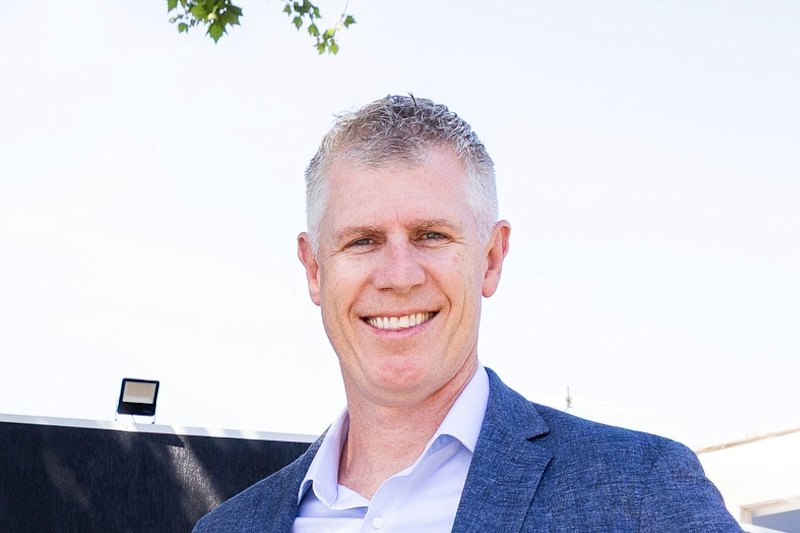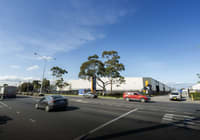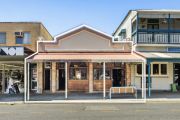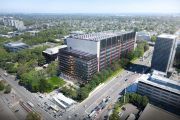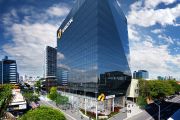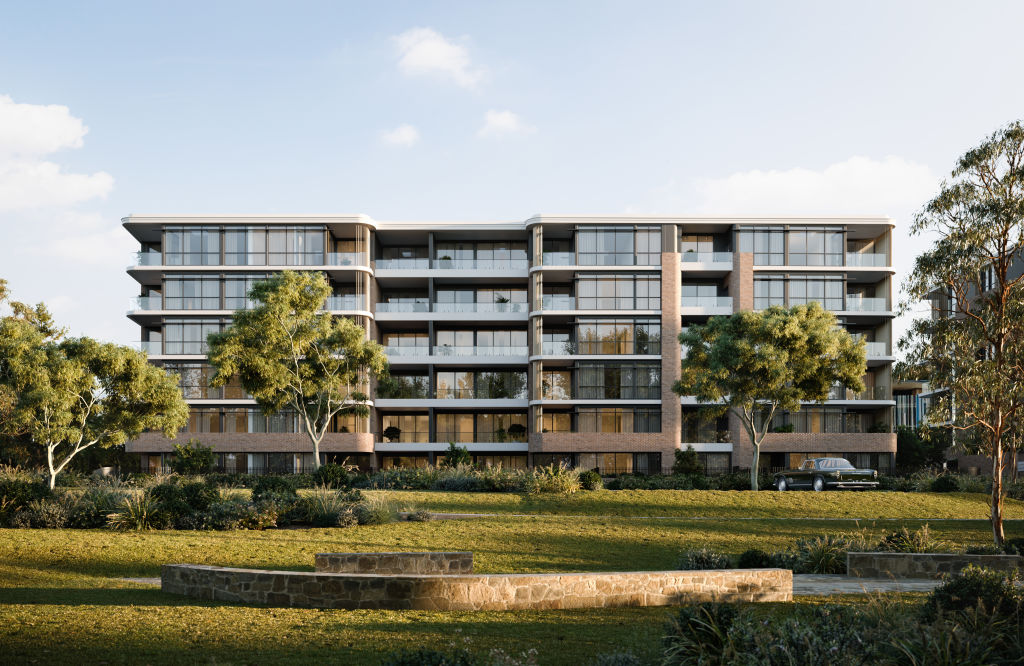
How commercial real estate helps the residential market
With lifestyle becoming the ever more important feature of any residential development, the commercial real estate around it is now even more critical for its success.
A new project of 132 luxury apartments next to 25 hectares of natural bushland on Sydney’s north shore, for instance, has the great advantage of being next to the biggest private hospital in the state, a medical precinct, shops, and accommodation for students and staff under construction.
And when the most vibrant demographic for off-the-plan homes today are downsizers – or right-sizers – then the proximity of such facilities is even more important.
The Residences at Wahroonga Estate, a development of three six-storey buildings looking across bushland and towards picturesque Coups Creek, is close to the San Hospital, as well as the Parkway San Clinic – a medical and dental centre – and the Fox Valley Shopping Centre.
“That’s a massive drawcard for the estate,” says Julian Frate, development manager of developer Capital Corporation. “As well as that hospital, it has all other medical services including cardio, dentistry, orthopaedic … everything.
“Then it has the shopping centre nearby, with a chemist, cafes and a Thai restaurant, as well as south Wahroonga village and its IGA. Those amenities make it even more attractive, and the area is constantly lively with people walking around – which might surprise those not familiar with the site. It really has a great buzz.”
Many developers of residential real estate face an uphill battle when there’s no commercial infrastructure close by, or when they plan to develop that later. It can provide a real impediment to sales as potential buyers assess what it might be like to live there.
Urban Taskforce Australia chief executive Tom Forrest says the whole idea of commercial real estate now is to move it closer to where people live.
“That’s so it can provide a combination of amenity and retail and banking, medical facilities, specialists, clinics and solicitor’s offices,” he says.
It also need to be close to people’s homes “to reduce congestion on roads and public transport and so they can spend less time commuting to make more time available for families”.
“The idea of co-located commercial real estate is something we prefer now,” Forrest says. “It was fine to have CBDs and expect everyone to travel to them for work and services when the cities were small, but now we need to take the opportunity for polycentric cities with areas for both living and commerce.”
For The Residences at Wahroonga Estate, the juxtaposition of all those medical facilities has another benefit – more possible buyers among the staff who work there.
Associate Professor Stephen Pillinger is a consultant colon and rectal surgeon who practises at the Parkway San Clinic, among others, and was one of the first to put down a deposit on one of the new apartments.
“A lot of things came together for us at the same time,” says Pillinger, 55. “With the kids nearly finished school, it was time to downsize, and I’ve worked at the San for 20 years and I know the area well. This is a site I’ve had an eye on for 10 years, and real estate is in my DNA.
“So I knew the history of the developer and knew it would be a quality development and when I looked at the plans and design, I thought it was pretty exceptional.
“While it can be both good and bad to live so close to work, overall, I think it’s pretty positive. There’s also lots of amenity nearby, and the San is a very important piece of infrastructure.”
The new homes have been developed as a joint partnership between Capital Corporation and the Seventh Day Adventist Church which owns the San and many of the other buildings around there.
The developers welcomed the opportunity to work with a not-for-profit organisation with strong community ties, while the church found it a great way to release equity in its landholdings.
One of the growing real estate trends worldwide is faith-based organisations – which often tend to be land-rich and cash-poor – leveraging their land in order to carry out other works. In this case, the chirch is using it to develop more affordable housing, building student and staff accommodation nearby, and upgrading the infrastructure of the area.
Lorin Bradford, property trust manager of The Seventh Day Adventist Church, says work is now underway on building 60 affordable units for key staff and 126 apartments for students.
“The only way we could build these buildings was to unlock and realise some of the value of the land,” he says. “We’re taking the proceeds from the development to put into our $85 million student project. In addition, we’re in the process of selling 24 houses nearby, and some others on another street, to put a deposit on the key staff apartments.
“There’s another mixed-use site where the old Wahroonga school was, and we’re in the early stage process of planning for that, too. And if we can bring other retail opportunities, so people can have all the basics, that’s also under consideration. We think these developments are really positive steps.
Frate says Capital Corporation has a history of partnerships that work well for it.
“They often lead to better places for communities with the help from a partner who’s already there,” he says. “It makes for more attention to detail and more community involvement and then a better outcome.”
